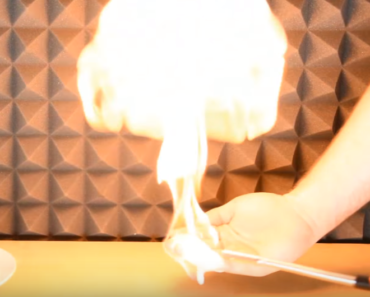What is Aurora or Northern Lights?
The Aurora sometimes referred to as polar lights, northern lights (aurora borealis), southern lights (aurora australis), are actually the result of collisions between gaseous particles in the Earth’s atmosphere with charged particles released from the sun’s atmosphere. Variations in color are due to the type of gas particles that are colliding. The most common auroral color, a pale yellowish-green, is produced by oxygen molecules located about 60 miles above the earth. Rare, all-red auroras are produced by high-altitude oxygen, at heights of up to 200 miles. Nitrogen produces blue or purplish-red aurora.
Aurora from space, recorded from International Space Station
What causes the northern lights?
Auroras are the result of disturbances in the magnetosphere caused by the solar wind. These disturbances are regularly strong enough to alter the trajectories of charged particles in both solar wind and magnetospheric plasma. These particles, mainly electrons, and protons precipitate into the upper atmosphere (thermosphere/exosphere).
The resulting ionization and excitation of atmospheric constituents emit light of varying color and complexity. The form of the Aurora, occurring within bands around both polar regions, is also dependent on the amount of acceleration imparted to the precipitating particles. Precipitating protons generally produce optical emissions as incident hydrogen atoms after gaining electrons from the atmosphere. Proton auroras are usually observed at lower latitudes.
Where to see the lights
The best places to see the northern lights are Alaska and northern Canada, but visiting these vast, open expanses is not always easy. Norway, Sweden, and Finland also offer excellent vantage points. During periods of particularly active solar flares, the lights can be seen as far south as the top of Scotland and even northern England.
On rare occasions, the lights are seen farther south. They were first observed by European settlers in New England in 1791. In “Historical Storms of New England,” published in 1891, Sidney Perley wrote, “May 15, 1719, the more beautiful and brilliant aurora borealis was first observed here as far as any record or tradition of that period inform us, and it is said that in England it was first noticed only three years before this date.
Best time to see the Northern Lights
The northern lights are always present, but winter is usually the best time to see them, due to lower levels of light pollution and the clear, crisp air. September, October, March, and April are some of the best months to view the aurora borealis.


